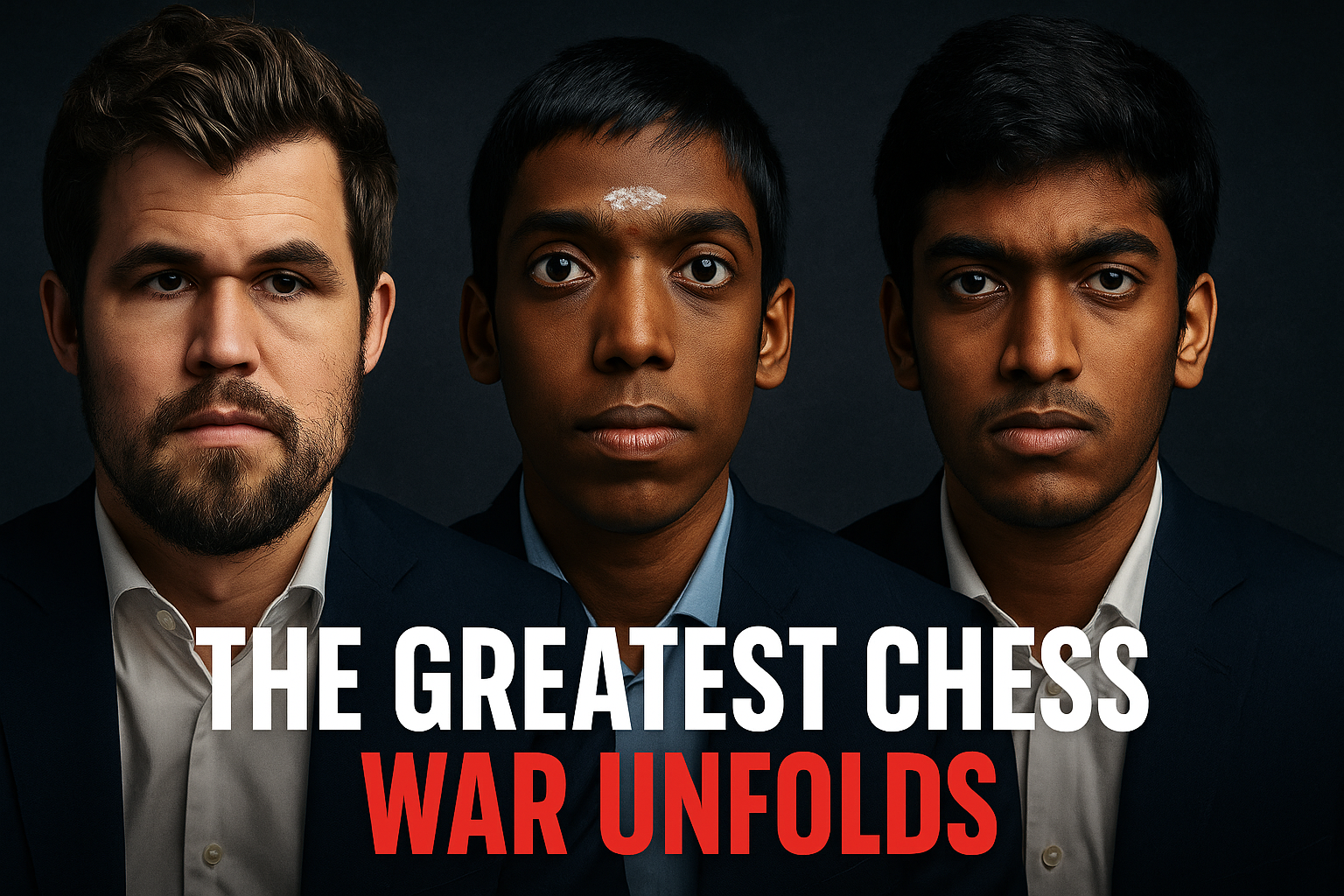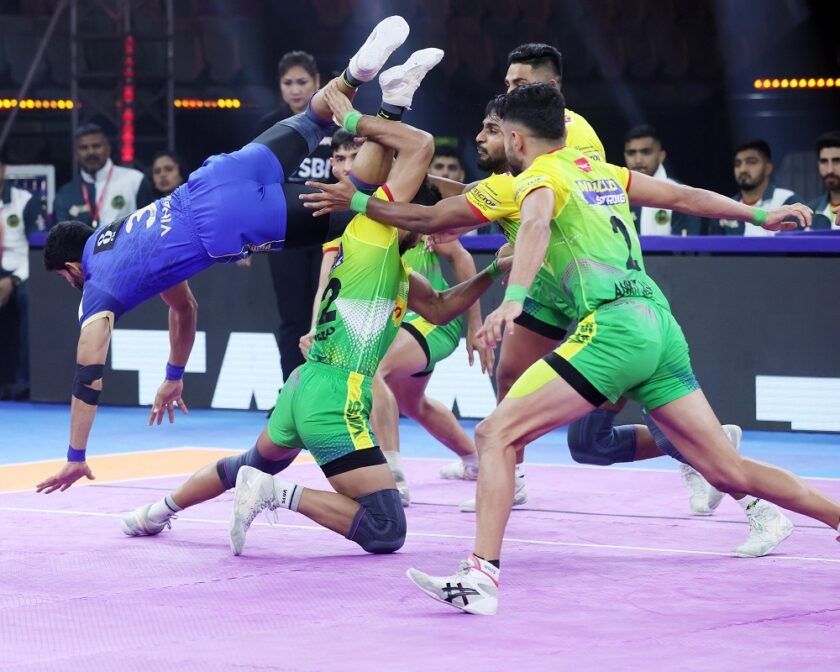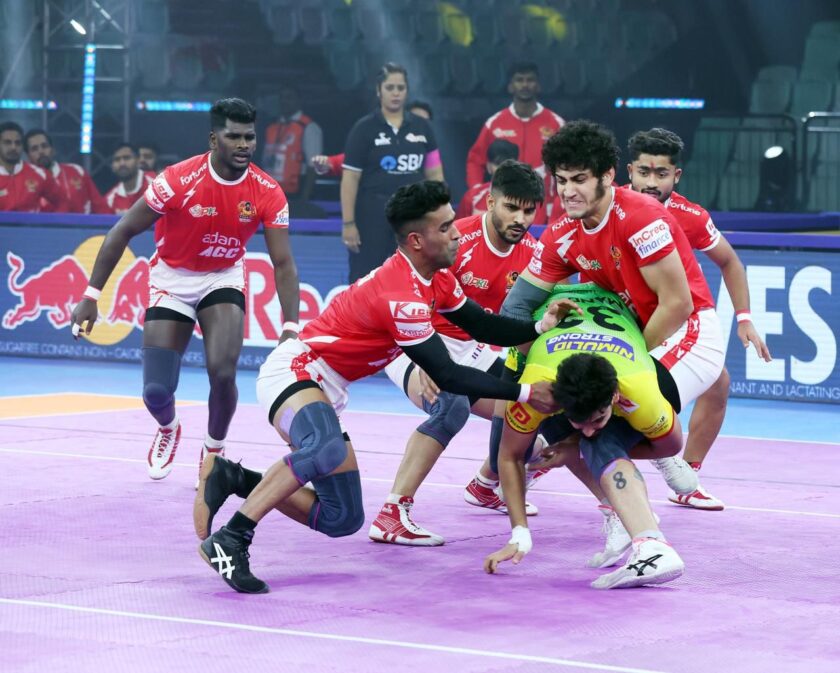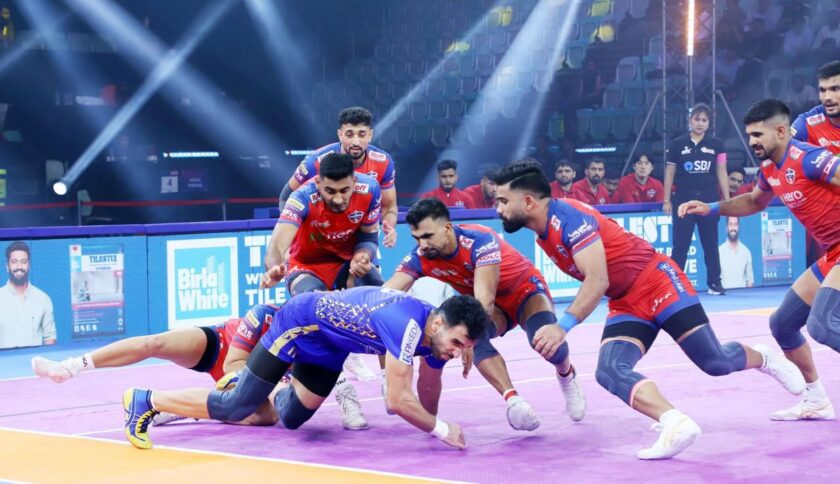London: In the hallowed halls of chess history, few names command as much reverence as Magnus Carlsen. For over a decade, the Norwegian grandmaster has stood atop the chess world, blending intuition, calculation, and composure into a style of play that has often felt almost invincible. He has been called the “Mozart of Chess,” the “King without a throne,” and even “the last great universal player.” And yet, in recent times, a new narrative has begun to take shape — one where the king is being tested, not by age or fatigue, but by youth, boldness, and unflinching ambition.
Enter India’s teenage titans: Dommaraju Gukesh and Rameshbabu Praggnanandhaa — or simply, Gukesh and Prag. These prodigies, both under 20, have not only taken on the world’s best, but have also beaten the best — including Carlsen himself. In a game built on legacy, endurance, and intellect, a shift seems to be underway. Is the era of Carlsen’s domination truly ending, or is the legend simply facing the reality of a more competitive chess universe?
The Making of a Phenomenon
To understand what’s at stake, one must first appreciate what Carlsen represents. Since earning his grandmaster title at 13, he’s redefined excellence in modern chess. In 2010, he became the youngest world No. 1 in history, and from 2013 until 2023, he ruled the chess world as the World Champion in classical format.
What separated Carlsen from his predecessors was not just his sharp tactical mind, but his relentless fighting spirit. He outplayed opponents in seemingly equal positions, grinding down draws into wins. He was a psychological force — calm, unreadable, and always a move ahead.
Yet, in 2023, Carlsen voluntarily vacated his world title, citing a lack of motivation. While he continued to play in elite tournaments and win across formats, the chess world took note: the king was stepping away from the classical throne — not because he had to, but because he wanted to.
The Rise of India’s New Chess Brigade
In this moment of Carlsen’s partial retreat, Indian chess began its quiet revolution. While Viswanathan Anand had long been the standard-bearer for Indian chess, a new generation began to rise — born into a digital age, mentored by AI engines, and trained in the global tournament circuit.
R Praggnanandhaa, now 19, became a household name when he defeated Carlsen in rapid chess during the 2022 online Champions Chess Tour. While many dismissed it as a flash of brilliance in a blitz format, Prag proved he was no one-hit wonder. In 2023 and 2024, he repeatedly challenged Carlsen in rapid and classical games, holding his own and winning when the moment called for bravery.
Then came Gukesh, the Chennai-based prodigy who, at 17, became the youngest player in history to win the Candidates Tournament in 2024. But what truly stunned the world was his composed victory over Carlsen in the same tournament — a classical game in a high-stakes environment, where Gukesh displayed maturity beyond his years and out-calculated the master.
What These Wins Mean
For years, Carlsen’s defeats were rare. A loss, especially in classical format, made headlines. So when teenagers from India began not just to compete, but to beat him — and do so multiple times — the world began asking: Is Carlsen slipping?
There’s no denying that Gukesh and Prag’s wins mark a generational breakthrough. Unlike past opponents who hesitated or played conservatively, this new breed of players treats Carlsen like any other rival — not as an unbeatable god of chess. This lack of fear, combined with rigorous training using powerful chess engines like Stockfish and Lc0, gives them an edge that earlier players lacked.
Moreover, these players come from a chess ecosystem in India that is booming. With state sponsorship, academy-level training, and a thriving online chess culture post-COVID, India is now producing young grandmasters at a rate that stuns the global community.
Is Carlsen Losing His Edge?
To be clear: Carlsen is not fading. He remains the world No. 1 in classical chess, dominates blitz and rapid formats, and continues to win prestigious tournaments like the Norway Chess and the Champions Chess Tour finals.
But the aura of invincibility? That’s taking a hit.
In earlier years, a Carlsen endgame was a death sentence for opponents. His “squeezing” technique — converting microscopic advantages into wins — often made elite GMs crumble. Today, players like Gukesh and Prag are holding their nerve longer. They are calculating deeper, preparing more thoroughly, and walking into Carlsen’s comfort zone without blinking.
Also noteworthy is Carlsen’s changing motivation. He has expressed repeatedly that he finds classical chess “too slow” and the World Championship format outdated. His love for faster formats and solving chess puzzles shows a man who seeks challenge but perhaps not in the traditional way anymore.

That shift may not impact his skill, but it certainly affects his competitive sharpness — especially in long, grueling matches.
A Shift in Global Chess
This moment isn’t just about one man’s slight decline or two teenagers’ rise. It signals a broader transformation in global chess:
-
Technology has democratized preparation. With free access to powerful chess engines, talented players from any corner of the world can now train at world-class levels.
-
Young players are bolder. They don’t revere legends; they prepare to beat them.
-
India, Uzbekistan, Iran, and China are emerging as the new chess superpowers, challenging the traditional dominance of Russia and the West.
This transition has been coming for a while. Carlsen’s dominance may have masked it, but the dam has now broken. And India — with its deep bench strength — is leading the charge.
The Road Ahead: Rivalry or Relay?
Does this mean the end of Carlsen’s greatness? Not necessarily. What we’re likely witnessing is a relay moment — the passing of the torch not through retirement, but through competition.
Carlsen is still just 34. Anand was playing elite-level chess well into his 40s. If motivated, Carlsen could continue to dominate for another decade. But his biggest challenge may no longer be winning — it’s staying hungry when others are starving for a shot at the crown.
Gukesh, with his entry into the 2025 World Championship match as the youngest ever contender, could begin a new chapter in chess history. If he wins, it’ll be symbolic: the teenager from Chennai replacing the titan from Oslo as the new face of chess.
But don’t count Carlsen out. In fact, these defeats may awaken the competitor in him. Already, after his Candidates loss to Gukesh, Carlsen hinted that he may return to the World Championship cycle. Should that happen, we may be on the brink of a rivalry for the ages.
The King Isn’t Dead — But the Kingdom Is Changing
In chess, as in life, change is inevitable. For nearly 15 years, Magnus Carlsen has been the measure of excellence — a standard so high that even draws against him were celebrated. Now, as Indian teenagers like Gukesh and Prag challenge that supremacy with calm assurance and brilliant preparation, a new narrative is taking shape.
It’s not about a decline. It’s about evolution.
Carlsen may no longer be the untouchable king, but he remains the gold standard. What’s exciting is that for the first time in years, he has worthy adversaries who have the tools, the temperament, and the tenacity to challenge him.
The game is still on. But the board has changed.






